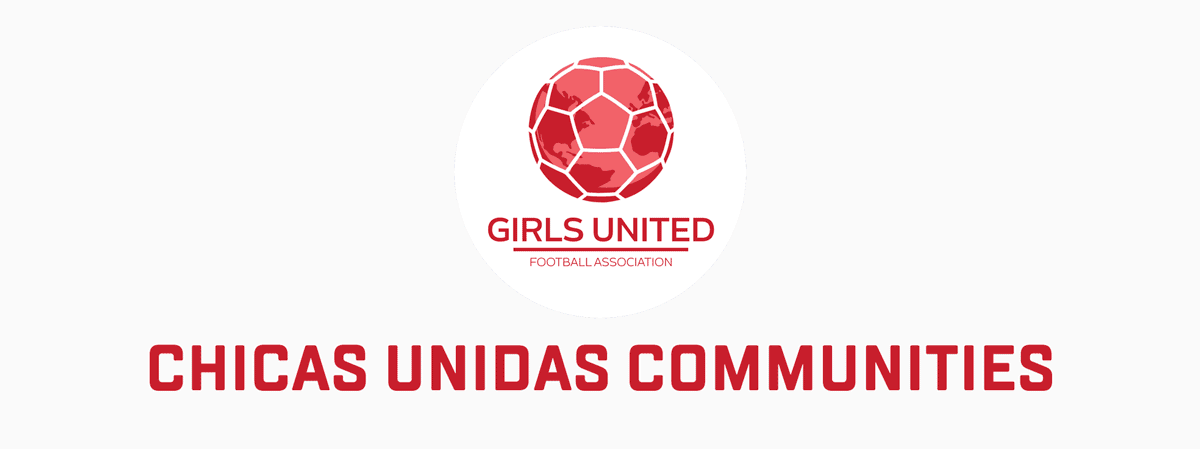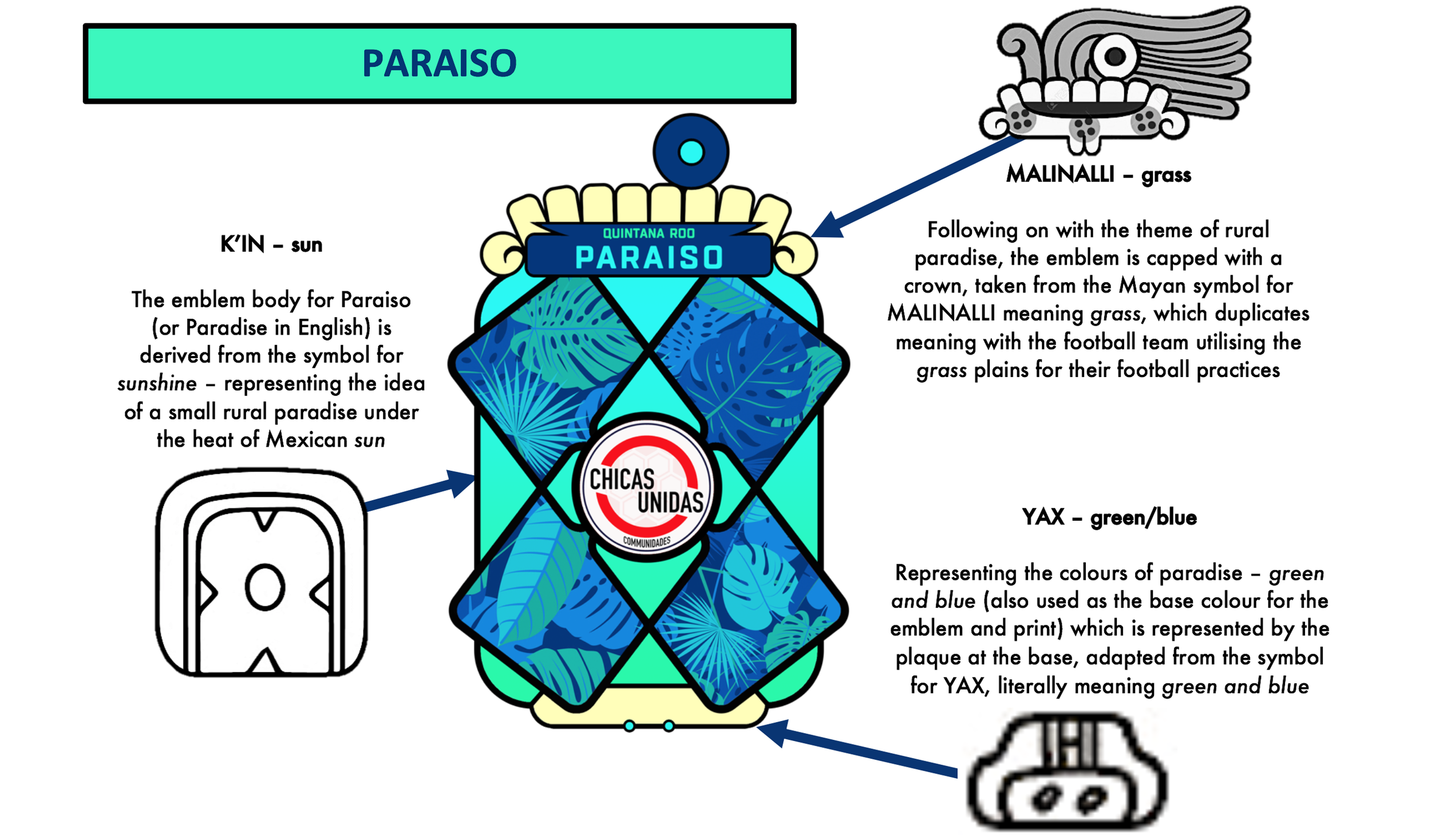Picture this – it’s match day, a 7am start on a Saturday morning, we meet the girls at the pickup point ready for departure to an away fixture. The minibus is working on Mexican time arriving at 8am for the prearranged 7.30am pickup. A one-hour drive follows, along one of Quintana Roo’s remote jungle ‘roads’ slaloming between mild potholes and actual craters.
No radio signal, no phone signal – we might even have passed a town named: ‘Middle of Nowhere’ along the way. Arriving minutes before the agreed kick-off time at 9am, we are worried at the sight (or lack of sight) of the opposition. Precisely 3 girls, neatly dressed in their white Girls United league t-shirts, three-quarter length jeans and sandals, share a bottle of Coca-Cola for breakfast outside the only shop for miles. Opposite the shop the venue for today’s contest is located, and although not Wembley, the pitch is in good condition all things considered. I take a few minutes to mark out the perimeter line with cones and clear off the remaining clutch of baby chicks out of harm’s way.
With no sign of an opposition coach or even a responsible adult, I venture up to the shop to open extremely limited conversation with my extremely limited Spanish and enquire with the girls as to the whereabouts of the rest of their party. In response I receive directions to the coach’s house and what I understand to be a suggestion that more players will join us shortly. The crackling of the public announcer (a tall pole with a tannoy speaker attached, jutting out of the roof of the shop) interrupts conversation with the voice of little Maria Jose, whom the store is named after, broadcasting news of our arrival to the village. After a short while, having received the announcement, the remainder of the opposition players arrive at the pitch in small clusters from all directions - only one of which arrives with attire even remotely suitable for a football match. With still no sign of the opposing team’s coach, I call the girls from both teams together for a quick ‘warm-up’ under the 25°C morning sun.
We eventually kick-off a mere 40 minutes later than planned with what I would suggest is at least close to a record attendance at this venue, with around 25-30 men, women and children watching on and supporting the girls - not bad in a village that has a total population of somewhere around 350 mark.
As well as taking on the role of coach for both teams, with duties of organising both line-ups and offering some of the few words of encouragement I could recall in Spanish, I also took on the job of refereeing the game, learning the words for throw-in and goal-kick in the process. The match was a competitive one, with our Bacalar Club ultimately running out 3-1 winners against the hosts.
Far removed from anything I’ve known in football before - the jeans and dresses, the bare feet, the chickens, the far corner of the pitch doubling up as part of a road and every other bizarre event of the day – the experience left me fascinated and grateful that I was able to provide the opportunity for these girls to play, which they otherwise simply would not have been granted without Girls United’s programmes.
This is the town of David Gustavo Gutiérrez Ruiz or as Google Maps labels it: ‘unnamed road’.
This was an experience that inspired me to put together the Club Mexico – Communities page for the newly updated Girls United website.
A town in such a beautiful setting, with such a unique way of life in comparison to what I know was something I was keen to explore further. Girls United works regularly across five local communities, including David Gustavo. Of these towns, most have no internet access and only one has an employment rate of above 30% for its total population. Alarmingly, when considering employment rates for the women of these communities - not one of the towns has an employment rate of over 5% for its female population specifically! This is further evidence of the importance the work Girls United does in engaging girls in sport along with the inclusion of life skills development within the community coaching programmes.
The towns may not all be recognised by Google yet – but each of Girls United’s communities now has a dedicated section and a team emblem on the website, each derived from Mayan Hieroglyphs. Below is an overview of each emblem’s creations and significance.
Want to find out more about the demographic and programme at each community, visit https://www.girlsunitedfa.org/mexicocommunities
Click the images from the gallery to enlarge







